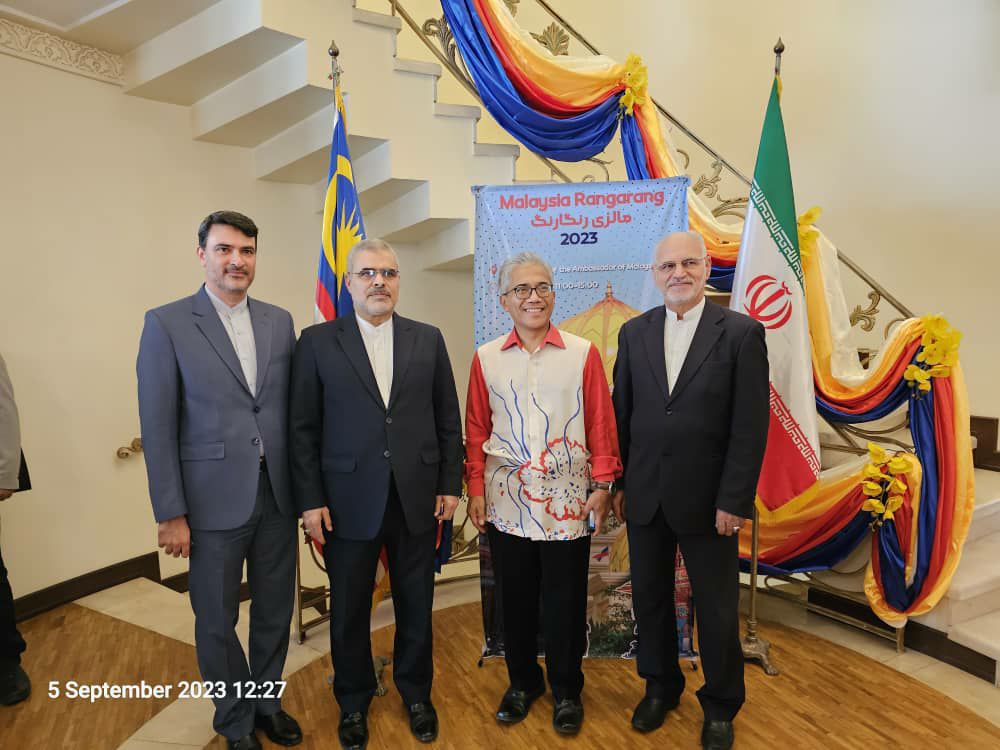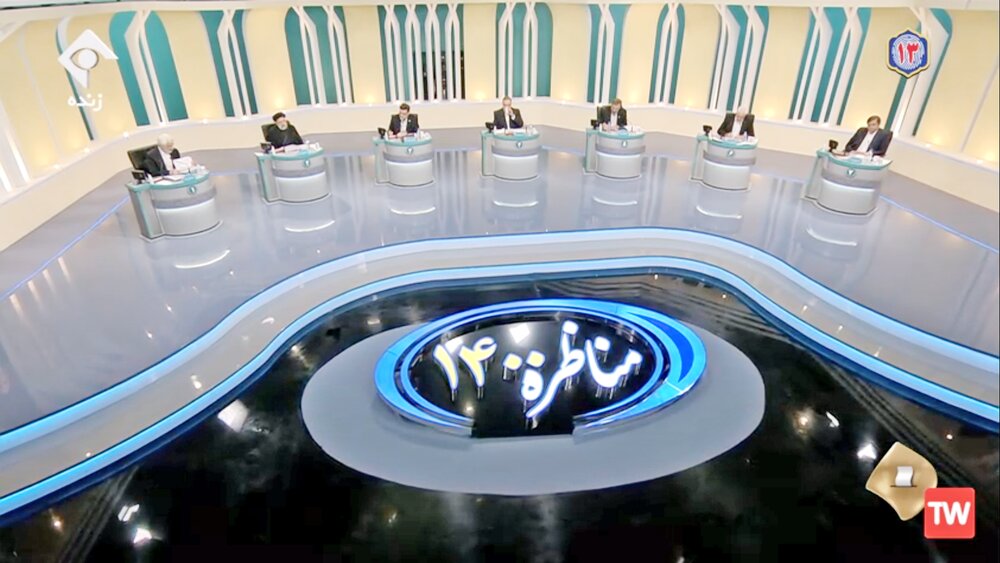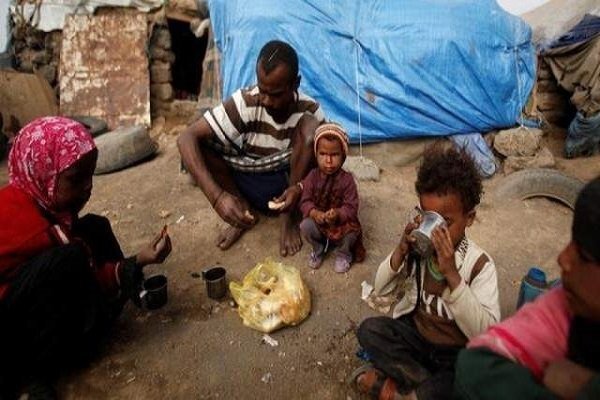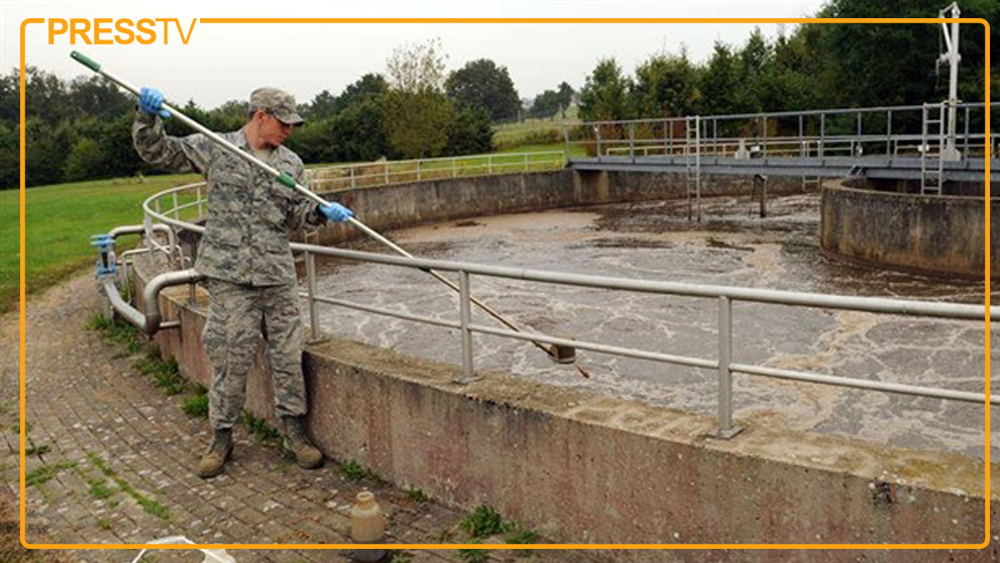Iran’s Industrial Exports to Russia See 42% Growth
TEHRAN (Iran News) Speaking via video conference at a trade seminar titled “Introducing the Commercial Capacities of Russia” held in Zanjan on Tuesday, Trade Counselor Mohsen Rahimi highlighted the evolving dynamics of Iran-Russia trade relations.
He noted that the Iran-Russia Joint Economic Cooperation Commission has held 18 meetings in recent years to streamline bilateral trade. “Exporting to Russia yields significant added value for Iranian exporters,” Rahimi stated, “although doing business with Russia has its own complexities, even if their foreign trade regulations are somewhat more relaxed compared to Iran’s.”
Rahimi outlined the major categories of Russia’s imports, which include machinery, pharmaceuticals and medical equipment, iron and steel, organic chemicals, fruits and nuts, clothing, furniture, and bedding. He also pointed out that prior to international sanctions, Russia’s key trade partners were China, Germany, the U.S., Belarus, Italy, France, South Korea, Japan, Turkey, and Kazakhstan.
Iran’s exports to Russia have grown from $500 million in 2020 to $1.12 billion in the past year, according to Rahimi. Top Iranian exports to Russia now include bell peppers, shrimp, polystyrene, synthetic fibers, kiwis, pistachios, tomatoes, cement, peaches, tangerines, turbines, butter, pharmaceuticals, trailers, and fruit juice concentrates.
Despite the progress, Rahimi outlined several challenges facing bilateral trade, including: Limited knowledge among businesses about each other’s production capacities and market needs; High transportation and logistics costs; Problems with money transfer and currency repatriation; Lack of familiarity with accepted standards and requirements; and absence of strong branding and export management companies.
He emphasized that several initiatives have been undertaken in the past two years to address these challenges and enhance trade, including: Signing a free trade agreement with the Eurasian Economic Union (EAEU); Finalizing an agreement to construct the Rasht-Astara railway line; Expanding collaboration with the Russian Export Center; Central bank negotiations to use national currencies in trade; Licensing and supporting the creation of Iranian trade centers in Russia; and a notable increase in trade delegations exchanged between the two countries.
Rahimi concluded that these measures are paving the way for a more robust and diversified trade partnership between Iran and Russia.
- source : IRAN NEWS ECONOMIC DESK






























